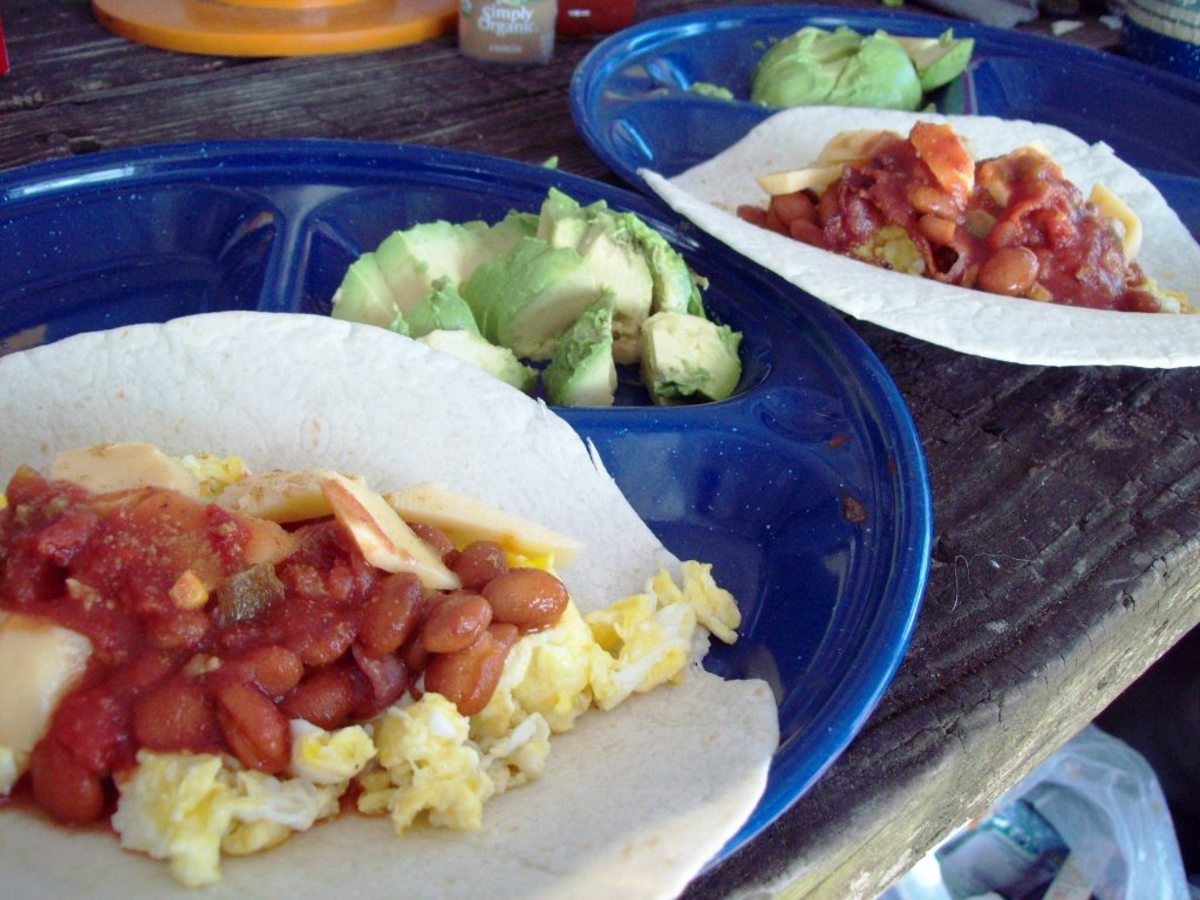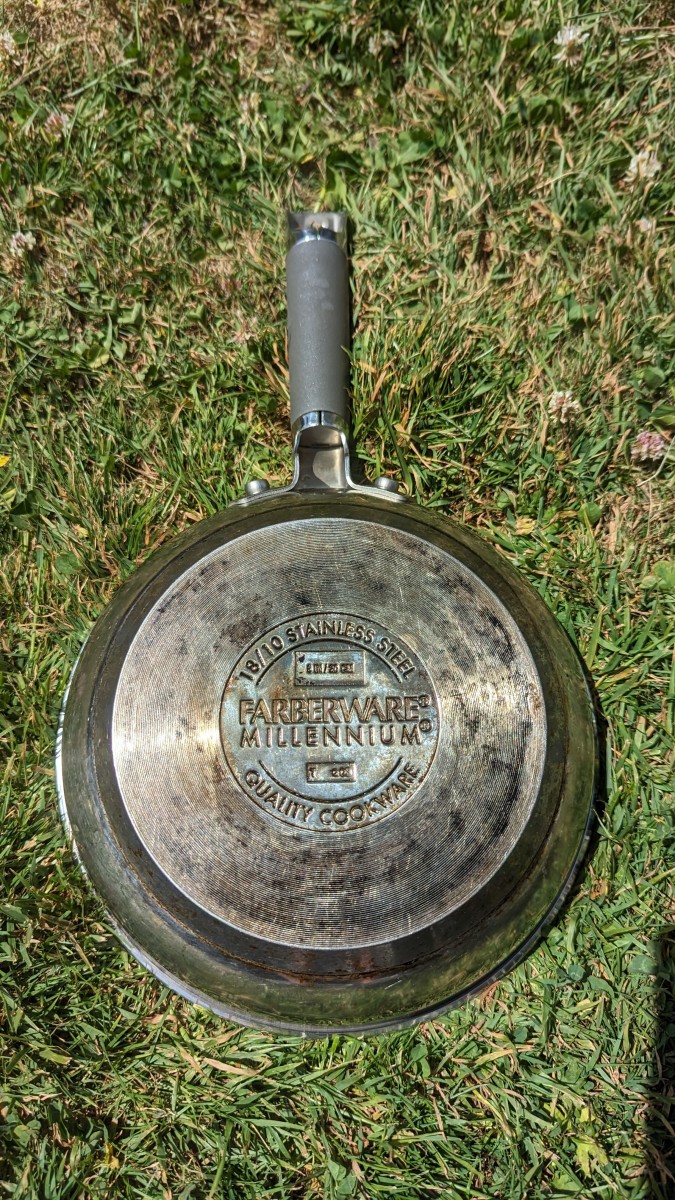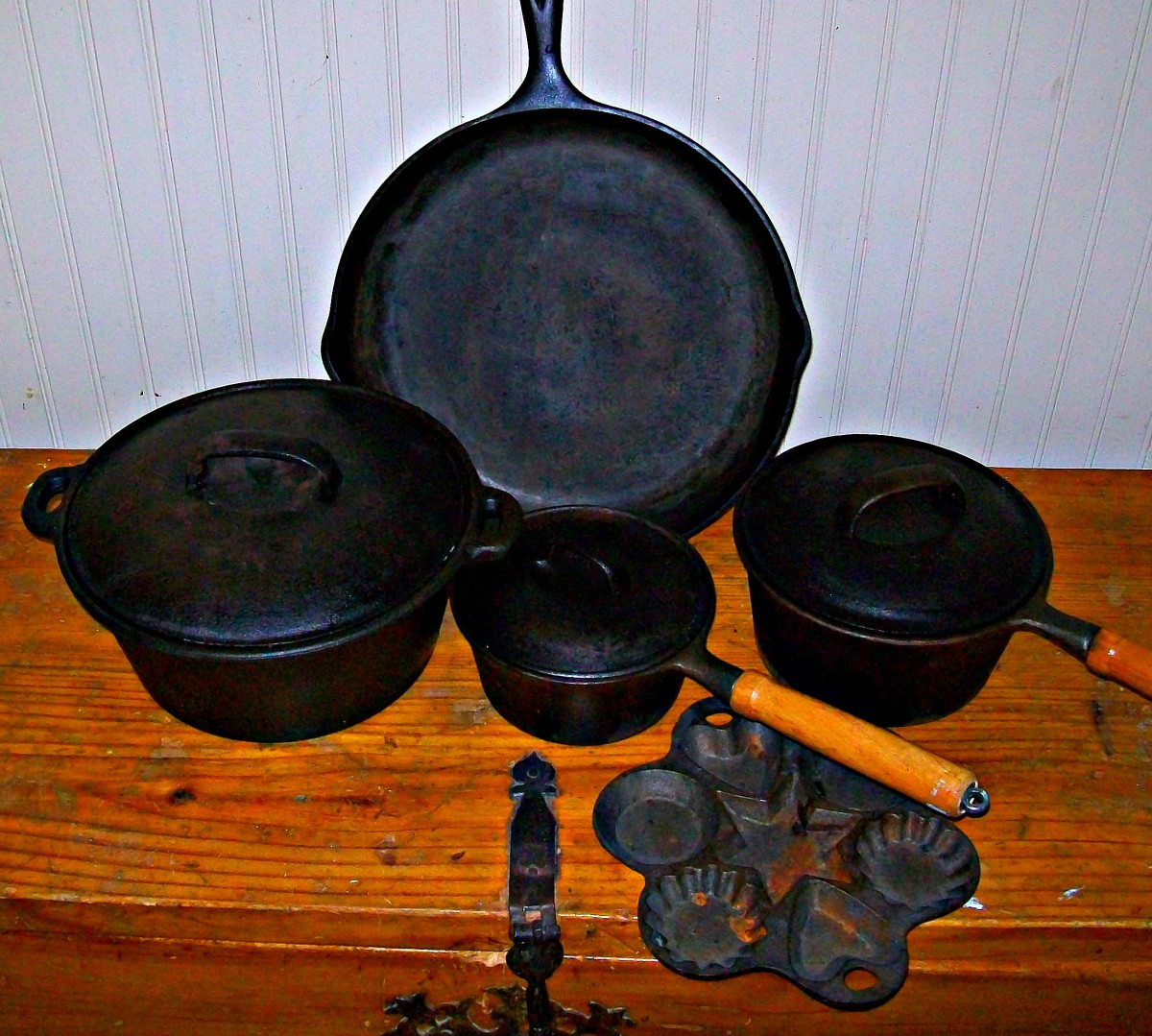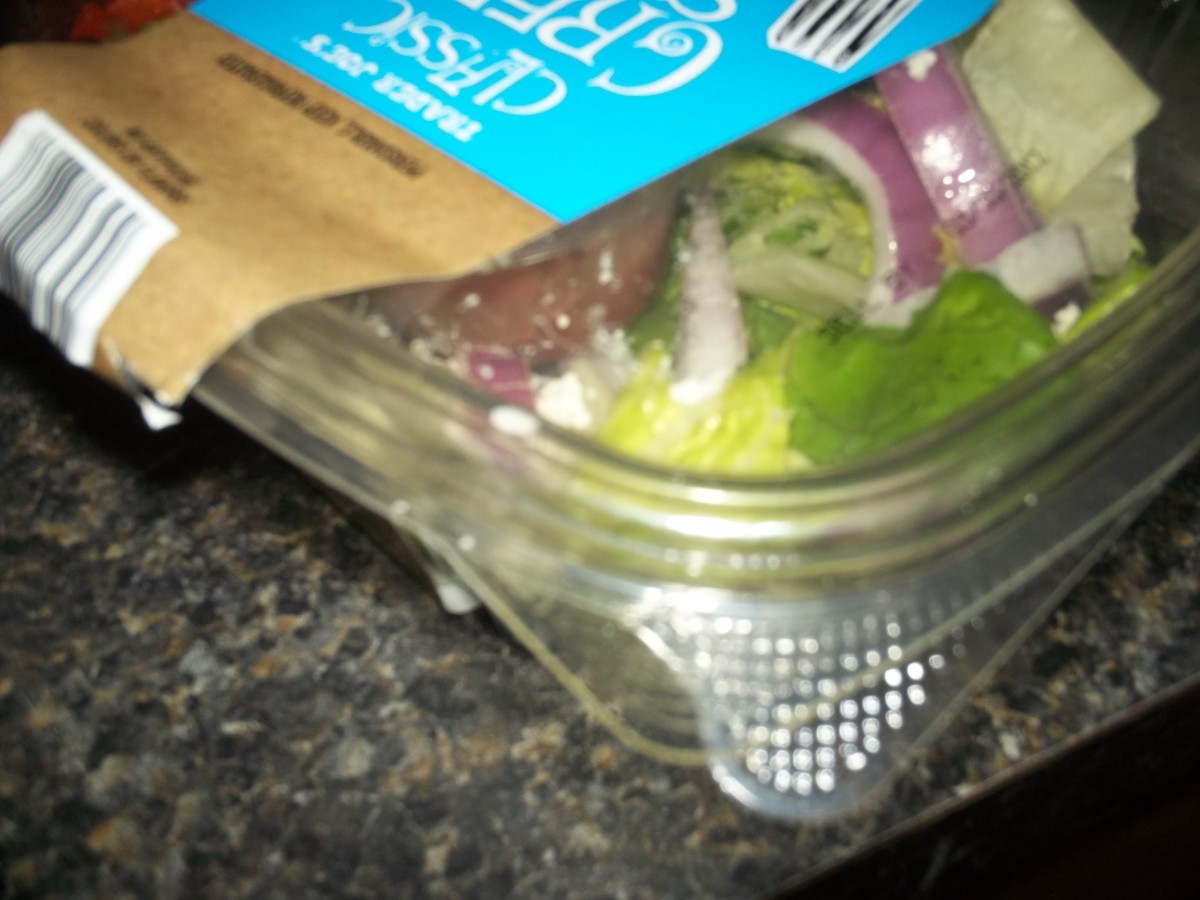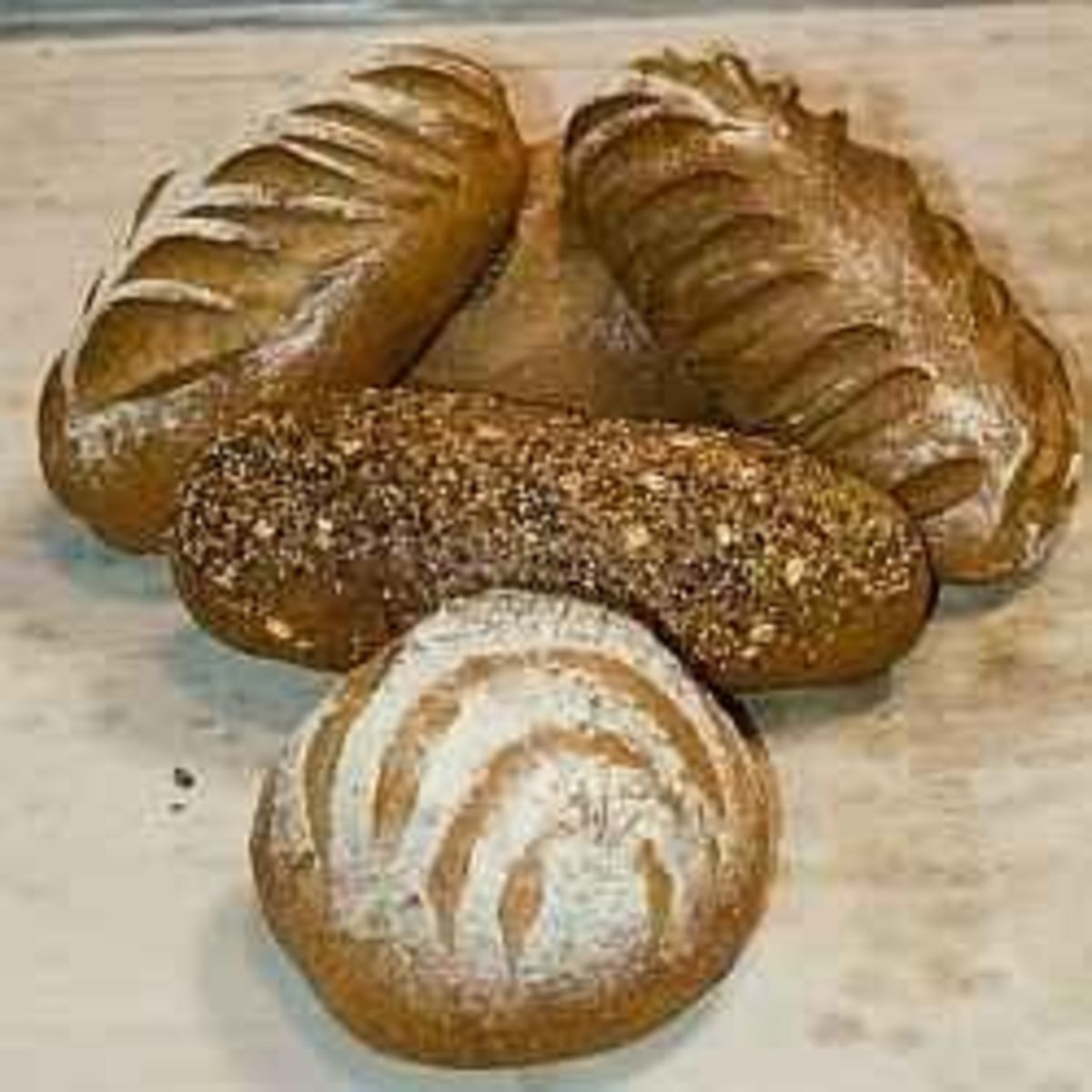Different Types of Dutch Oven Cooking Pots
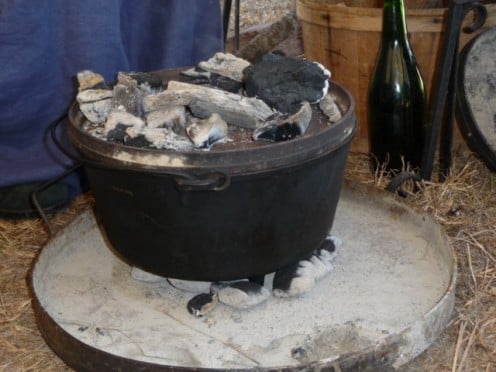
Dutch Oven - My particular favourite !
Dutch Oven Buyers Guide
A Dutch Oven had been used as cookware for hundreds of years probably back to the iron age when people learned to cast iron in functional shapes. Here in South Africa we call it a potjie pot. (Pronounced Poy key), translated as small pot. When the Dutch arrived in South Africa, in the early 1800's they brought the cast iron Potjie Pot in which they cooked potjiekos (kos meaning food).
Traditionally the pot is a black three legged affair, particularly favoured by the Zulu nation and wilderness campers, as the legs can balance the pot over an open fire. Special metal stands are common in South African household, to hold the pot suspended over an open fire.
In Australia, the cast iron pot is called a Bedourie. Originally it was made for the Bedourie Station out of spun steel, as the traditional cast iron pot broke when dropped or if it fell off the pack horse. To keep the heat in the Bedourie, the pot had to be half buried in the ashes and hot coals placed on top. The lid of the bedourie fits down over the whole pot so ashes would not get inside when it was buried.
Dutch ovens are essentially thick pots with tight fitting lids, however, when the power of a high quality Dutch oven is put to work the true beauty of this simple piece of historic cookware comes to light. The thick walls and tight fitting lid help to lock in moisture and heat during the cooking process. The taste of food cooked in the Dutch Oven is phenomenal as the flavor, juices, nutrients and moisture is locked into your food.
Luckily, today we no longer have to have any color as long as it's black! The top manufacturers offer their models in different colors and designs, and may even be called French ovens - Le Creusot comes to mind.
Enameled cast iron is recognized as one of the finest materials available for cookware as it retains heat, promotes even cooking at low heat, thereby bringing out the best flavor from the ingredients. It is suitable for use on any heat source, gas, electric, radiant, ceramic, halogen, induction or solid fuel.
No matter what you wish to call your pot, you will be ecstatic about the delicious, nutritious meals produced.
What I know About Dutch Ovens:
When it comes to cooking, the Dutch oven is the workhorse of the kitchen - once you have one you will wonder why you waited! These hard working pots are remarkable for slow simmered soups, braises and all one-pot recipes, pot roasts and don't forget bread - mouth watering bread baked by you in a Dutch Oven . Amazing.
The 5.5 Quart French oven by Le Creuset is a superb, expensive piece of cookware, which will last a lifetime. Food won't burn if you rush off to answer the phone, and leave it longer than necessary - it will forgive your mistakes. Recognised as the best Dutch oven in the world, and even though you may wince at the weight, each time you take it out of the cupboard to put on the stove - you will know too that it is slightly thinner in structure, which makes it less onerous to lift than the others. The inside of Le Creuset is easy to clean and will not absorb odors or stains.
Staub French Oven or Cocotte
Staub was also developed in France, and like Le Creuset is used all over the world by Chefs and very particular cooks. Recognised, along with Le Creuset, as the best in the world. Staub and Le Creuset will move from the kitchen to your table with allure and style!
Lodge Enamel Dutch Oven: Is cast from molten iron, and its porcelain surface eliminates the need to season cast iron. Two layers of hard, glossy porcelain enamel are chip resistant and easy to clean.
What Shape is Best?
The most versatile is round and wide with straight sides, rather than the sloped-sided Dutch oven. These will give you the largest area for browning or searing, the crucial first step in many dishes.
Ensure your choice is at least 4 inches deep to hold comfortably your pot roast or large braising cut. Remember that oval pots tend to cook unevenly at the ends, although may be ideal for whole poultry or elongated roasts.
The undersides of the many Dutch Oven lids are covered with raised dots, designed to form droplets of condensation from rising steam of the simmering liquid. Theoretically, these droplets will fall back onto the food, basting as it braises. However, I've found, raised dots or even, all moisture formed dripped back into the pot.
Purchasing Your Cast Iron Dutch Oven
Universal Housewares Cast Iron Camping Dutch Oven. This is a pot for people who prefer the old world rustic charm in their kitchen. They look like the Dutch Ovens of 100 years ago and still are ideal for outdoor barbeques, camp cooking, stove top or oven.
Using your Dutch Oven Outdoors
Ensure the lit has a raised ridge as this will hold your heat source, i.e. briquettes, when outdoors. This helps to reach the proper temperature for cooking with the exception of boiling or frying, when the heat source must be at the bottom.
Heating Solutions for Cast Iron Dutch Ovens:
Baking: Here you need more heat on top than on the bottom. Use three briquettes on the lid for every one briquette on the bottom.
Stews: Use one briquette on the lid for every four on the bottom.
Roast: Put an equal amount of briquettes on the top as on the bottom.
Temperature:
A little math is needed to understand the temperature versus the number of briquettes. Each briquette adds about 25F Degrees, a good starting temperature is 350F Degrees.
So how many briquettes are needed? Take the size of the oven in inches, subtract three to get the number of briquettes for under it, and add three to get the number of briquettes for the top.
Seasoned Cast Iron Dutch Oven - prevents rust and makes it easier to clean. If the oven has a protective covering, scrub it off with a non-abrasive scrubber. Once removed, rinse and let it air dry. Pre-heat your oven to 350 Degrees F and place the Dutch oven on the center rack, with its lid slightly open. Allow it to heat slowly until it is too hot to handle.
Apply a thin layer of salt free cooking oil, with a clean cloth, both inside and out. Place it back inside the oven, with the lid slightly open and bake for about an hour. After baking allow the Dutch oven to cool slowly, and when it is cool enough to handle, repeat the oiling and once again bake.
When it is cool again, apply a third layer of oil, but this time it is ready for use.
Cleaning Cast Iron Dutch Ovens:
To clean, simply scrape excess food out, add warm water and rinse out. Use a non-abrasive scrubber if necessary. Apply a thin layer of oil inside and out, and your pot is ready for storage.
Have fun with your new Dutch oven, whether it is top of the range oven to table style, or something for the outdoors.
You will not regret it, it makes cooking fun and you may just sit back and wait for the compliments!
© 2012 Shelley Watson


